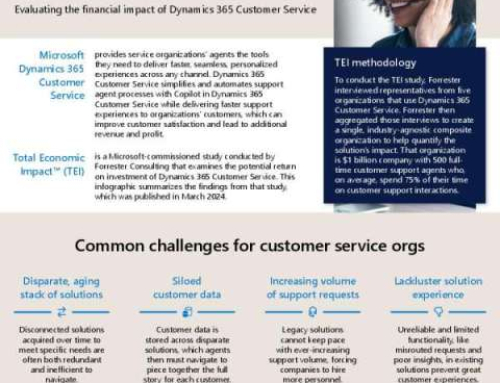Unveiling the Power of Penetration Testing: Safeguarding Your Digital Fortress

In the rapidly evolving cybersecurity landscape, the custodians of your digital fortress are unsung heroes known as penetration testers. In a world where data breaches and cyberattacks are constant threats, the practice of penetration testing emerges as an essential shield against bad intentions. This blog demonstrates the importance of penetration testing in clear and easy-to-read terms, explores its significance in-depth, and explains why it should be the cornerstone of every company’s security strategy.
What is Pentesting?
Essentially, penetration testing, or pen testing, is a simulated attack on a company’s systems to find vulnerabilities. Imagine a team of digital analysts whose job is to develop a hacker-like mindset and expose exploitable vulnerabilities. This proactive approach allows companies to avoid cybercriminals seeking unauthorized access to sensitive information.
Why Enterprises Can’t Afford to Overlook Penetration Testing
1. Identifying Vulnerabilities
Penetration testing is like a security x-ray for your systems. It proactively searches for vulnerabilities, providing a comprehensive view of potential security flaws before malicious hackers exploit them. Armed with this knowledge, companies can proactively strengthen their defenses.
For example: Suppose a sales company discovers through pen-testing that their customer database is vulnerable to SQL injection attacks. By fixing this vulnerability, a potential data breach that could have compromised countless customer records is prevented.
2. Assessing Security Controls
Think of penetration testing as a test by fire for your security infrastructure. It tests the effectiveness of existing controls, such as firewalls and intrusion detection systems. This enables companies to make informed decisions to improve their security posture.
Valuable insights: The finance department uses pen-testers to test their access controls. This reveals a gap in employee authentication, informing the organization to use multifactor authentication to strengthen its digital security further.
3. Mimicking Real-World Attacks
Penetration testers don the hats of adversaries, executing techniques employed in a real cyberattack. Their goal is to breach policies, gain unauthorized access, and extract sensitive information. This allows companies to recognize the potential impact of a successful attack and helps them develop effective incident response strategies.
Case Studies: A healthcare provider’s pen-testing reveals weaknesses in their patient record system. This insight motivates providers to strengthen their security and develop a comprehensive data breach response plan, ensuring patient confidence remains intact.
4. Compliance and Regulatory Requirements
Many industries have stringent compliance regulations that mandate regular safety testing. Penetration testing is an ally of compliance, helping companies meet requirements like PCI DSS or HIPAA while demonstrating their commitment to maintaining a secure environment.
For example: Under PCI DSS regulations, an e-commerce platform regularly pretests to ensure its payment process is bulletproof, avoiding potential penalties and preserving customer confidence.
5. Continuous Improvement
The evolution of cyber threats and technology go hand in hand. Regular pen testing is an ever-vigilant shield, ensuring security measures remain current. By adapting security to emerging threats, companies remain resilient.
Practical advice: Establish a pen-testing schedule, each round focusing on potential weaknesses, to ensure your program remains robust.
Risk Mitigation: Penetration testing is critical to risk mitigation strategies, proactively identifying vulnerabilities and minimizing potential security risks.
Data Breach Prevention: By simulating real-world attacks, penetration testing plays a pivotal role in preventing data breaches and unauthorized access, preserving the integrity of sensitive information.
Incident Response Strategies: Penetration testing not only helps in breach prevention but also aids in developing effective incident response plans, enabling rapid and well-coordinated actions during a cybersecurity event.
Digital Resilience: With the ever-changing threat landscape, penetration testing builds digital resilience by adapting security measures to emerging cyber threats, ensuring the company can withstand and recover from attacks.
The path to safety in a risk-filled digital realm lies in expectation and action. Armed with their expertise, penetration testers offer ways to protect data and reputation. By adopting regular penetration testing, you are safeguarding your digital assets and creating a resilient future in an ever-evolving technological landscape. Raise your defense. Embrace the power of penetration testing today and protect what matters most – your valuable data and the integrity of your company.









Leave A Comment